Merriam’s Overlook: Secret Ruins Give Clues to an Opulent Past
Before Summit Avenue became a magnet for the state’s empire builders, St. Paul’s elite built their estates in the Sherburne Hill neighborhood (known today as Capitol Heights.) By the time construction on the State Capitol was complete, many of the 15 mansions that stood on the hill had faded into shabby gentility or been razed, leaving barely a trace of the opulent park-like neighborhood that stood above the saintly city. This area, however, still holds secret ruins that are a clue to its grand past. Today, the Cass Gilbert Memorial Park features a banal concrete overlook that gives visitors a view of downtown from above. The view is nothing short of spectacular on clear summer evenings. This panorama was coveted by the progenitors of St. Paul as well.
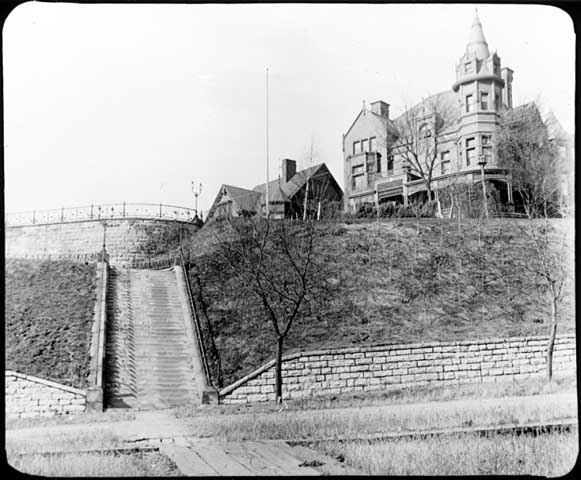
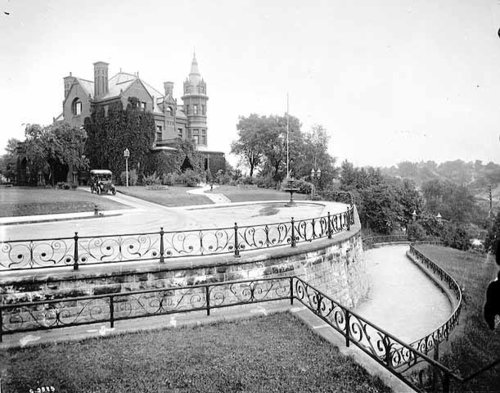
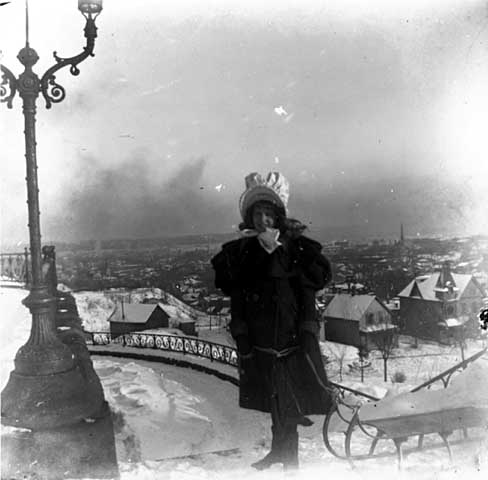
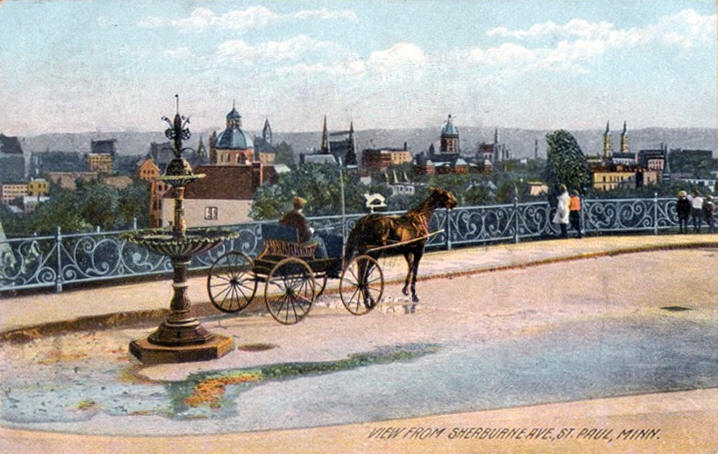
In 1882, William Merriam built an imposing, Queen-Anne style home at the top of Sherburne Hill. Sherburne Avenue was extended to accommodate the mansion and ended in a grand cul-de-sac that became known as Merriam’s Overlook. After completing the plans for Merriam’s home, architect Clarence Johnston designed a curving stone retaining wall to match the red stone exterior of the home. Lining the edge of the hill, an ornate wrought-iron fence added elegant refinement to the wall, and a small but opulent fountain made of brass sat at the end of the cul-de-sac. A walkway and stone steps allowed pedestrians to access the outlook from Robert Street below. Elegant street lamps were added after the turn-of-the-century to illuminate the road and walkway.
People from all around the city would bundle into their horse-drawn carriages and ride to the overlook to take in the view. Pedestrians often stopped on their way to or from Central Park, which was located between Cedar and Robert, just north of 12th Street. In the winter, the overlook made for a good starting point for sledding adventures.
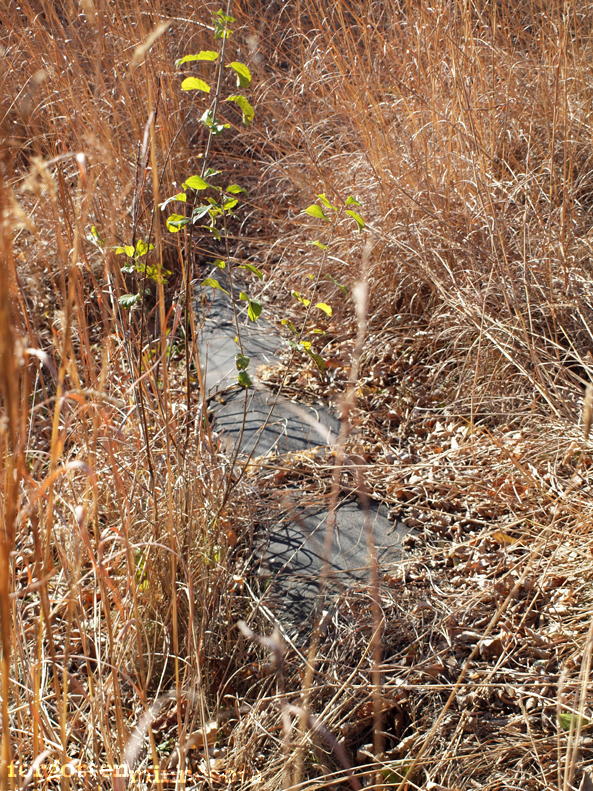
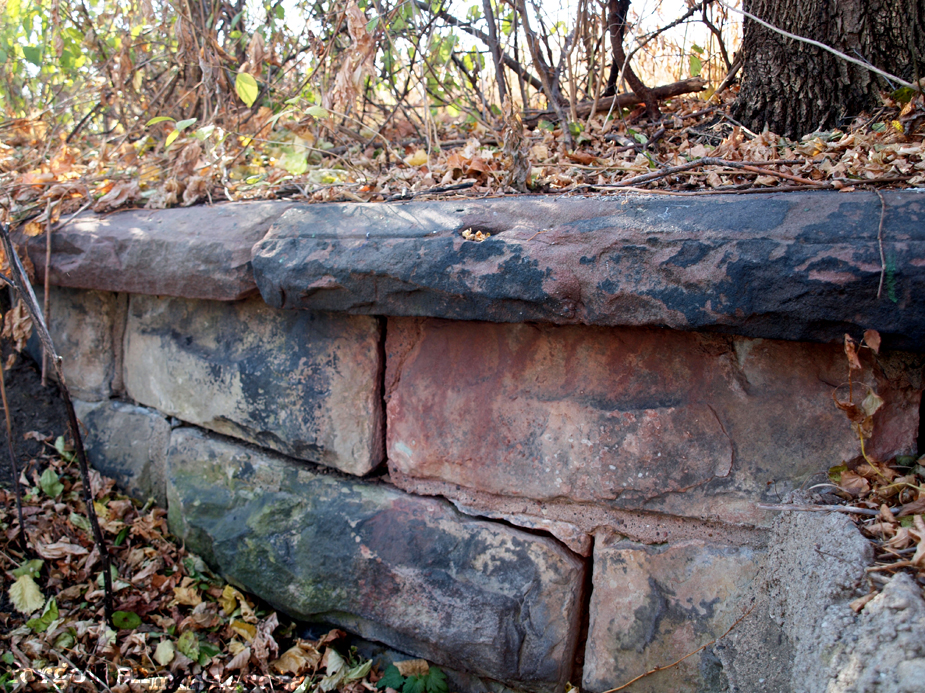
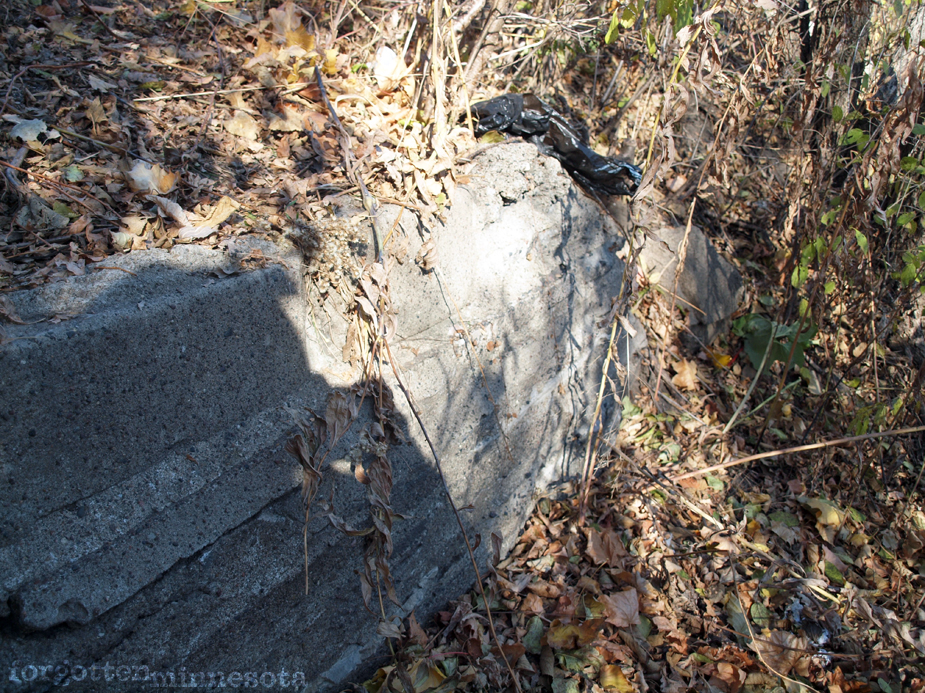
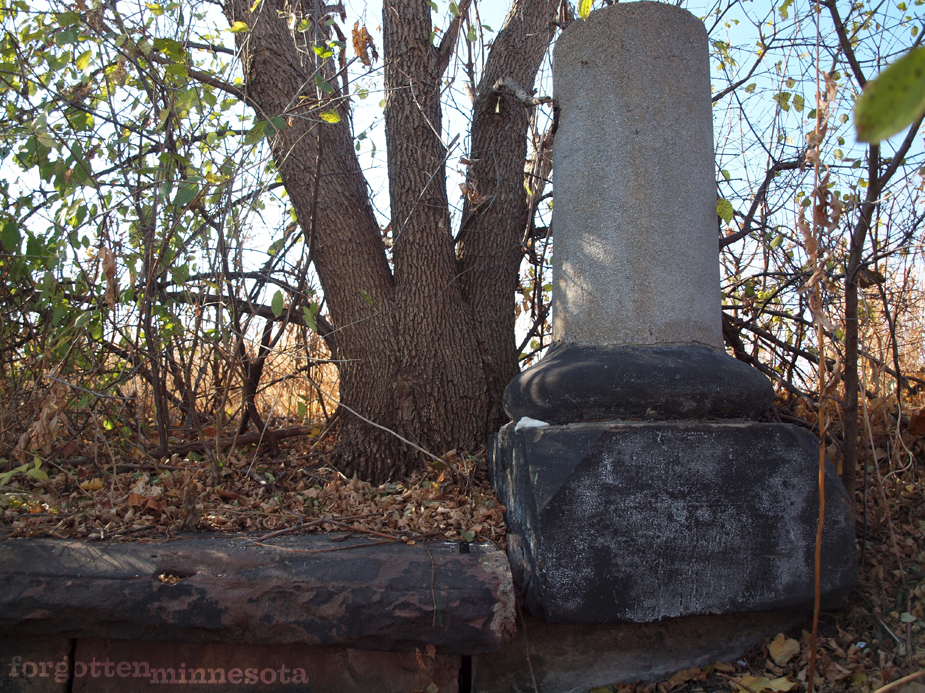
By the 1950s, additional parking was needed to accommodate Capitol staff and visitors. The close proximity of the now overgrown overlook was an obvious choice for the new lot. Most of the stone walls and staircase were buried under dirt and pavement, and grass and trees soon took over the rest. However, a keen observer can still find parts of the past hidden on the hillside. Sections of sturdy stone walls still stand proudly as if to remind us that the past should not be so easily forgotten.
